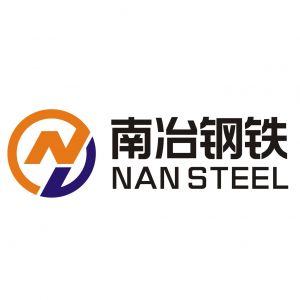Production process of stainless steel welded pipePosted by chase Liu on March 20th, 2023 Seamless stainless steel pipes are mainly used in heat exchange pipes, fluid pipes, pressure pipes, mechanical structural pipes, urban landscape pipes and other industries, with an annual consumption of about 700,000 tons. With the increase of demand, the requirements of the industry are getting higher and higher, which promotes the maturity of the industry's production process. The seamless processing of stainless steel pipes is mainly done by tension reduction, which is a continuous rolling process of hollow base metal without mandrel. The welded pipe tension reduction process is to heat the entire welded steel tube to above 950 degrees Celsius on the premise of ensuring the welding quality of the parent pipe, and then roll stainless steel pipes of various thicknesses through tension reduction. Stainless steel pipes manufactured by this process have higher dimensional accuracy than seamless pipes and are relatively convenient to use. However, the seamless process of stainless steel pipes is expensive to manufacture, but it has been widely used abroad and is gradually becoming popular in China. A lot of stainless steel welded pipe work is carried out at high temperatures, which is also a good test for the heat resistance of stainless steel welded pipes. Strong heat resistance means that they can still maintain excellent performance at high temperatures. In austenitic stainless steel, carbon is often regarded as a harmful element, mainly due to some conditions in the corrosion resistance of stainless steel (such as welding or heating at 450~850°C). Carbon can form high-chromium Cr23C6 carbon compounds with chromium in steel, resulting in local chromium depletion, which reduces the corrosion resistance of steel, especially the intergranular corrosion resistance. Stainless steel welded pipe is a relatively common equipment used in daily life, but certain defects will also appear in the process of processing and welding. These defects will lead to stress concentration, reduce bearing capacity, shorten service life, and even cause brittle fracture. This will affect the quality of finished products. We must analyze the reasons as soon as possible and then choose effective methods to prevent and control. The sunken part at the end of the stainless steel welded pipe weld is called an arc crater. The arc crater not only seriously weakens the strength of the weld there, but also produces arc crater cracks due to the concentration of impurities. Causes: The main reason is that the dwell time of arc extinguishing is too short; the current is too large when welding thin plates. Preventive measures: When the electrode arc welding arc is closed, the electrode should stop at the molten pool for a while or move the rod in a ring, and then guide it to one side to extinguish the arc after the molten pool is filled with metal. During argon tungsten arc welding, there must be enough dwell time to attenuate and extinguish the arc after filling the weld seam. Like it? Share it!More by this author |


